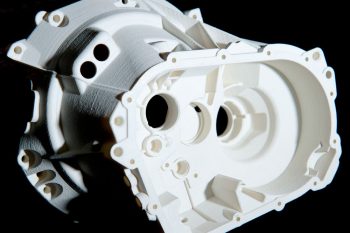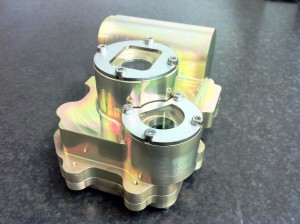
Few things in manufacturing are as important as a well thought out prototype. They can assist a sales team in gaining investors, a design team in solving problem aspects, and they can minimise costs when the time comes for mass production.
How important are prototypes? And how do you go about manufacturing them?
Varied prototypes can be implemented to find solutions to a design problem, instead of costly trial and error situations. A range of materials can be utilised to find the best combination for a finished product. All in all, they are indispensable whether you’re designing a phone case or a suspension bridge.
Depending on what you want to achieve from the prototype could change what material it should be made from. If what you’re after is a rapidly manufactured product for visual or sales purposes, 3D printing could be the way to go. However if you’re after a hard-wearing mechanical prototype, like a lock or hinge, then it could be more effective to manufacture from metal.
The design stage of creating a prototype can be costly; it involves designers drawing up your

Metal Camera Case, with numerous changes made between prototype and assembly.
product in 3D CAD , and depending on the complexity of the design this can take time which results in cost. However, it is worth budgeting for a specially designed CAD as this cost is nothing compared to the loss of credibility and the bills that can be incurred if a flawed or malfunctioning product reaches the market. A CAD design will show a rendered image of the finished product, while also allowing the designers to perform computerised stress analysis (FEA) to look for critical stress and fail points, or sections where the product may weaken after interacting with real-world forces. The designer has the ability to solve problems before manufacturing through evaluation and testing, with the optimal method of production also something that can be worked out in advance. All in all, a well-designed CAD is a weight off a manufacturer’s mind.
Manufacturing a prototype is fast, effective and can help a company finance the product; the physical prototype turns a project from concept to a tangible reality, and investors and shareholders are more likely to understand a visionary with a prototype as opposed to an artist with a sketch. Focus groups can be used to measure the design’s appeal to the customer, and having the physical product also allows for the testing of technology; for example, scale models of motorsports prototypes and architectural designs can be tested in a wind tunnel, with the information gathered being used to edit the design before manufacture.
Once a prototype is designed, it is time to look at how the design should be edited for mass production. This could involve working out any issues found during focus groups or testing, or changing the design to make it work with a larger component. However if there are drastic changes to be made, or you want to simplify aspects of the product, it could be cost-effective to manufacture a second prototype before starting large scale production. If the prototype is ready for mass-production, low volume manufacture could occur quickly; using the data from the 3D CAD file, we can quickly and efficiently start work manufacturing parts using our 22 multi-axis CNC milling and turning centres.
With our wealth of engineering knowledge and our client-centric philosophy we’d be happy to help you take the journey from prototype to large scale production; we can implement this from our factory just outside of London, or we can help you with outsourcing to trusted companies around the world. If time is tight and your standards are high, we’re available to help you manufacture your product close to home. If you’ve got a concept or design for a prototype, and want an impartial consultation on the process of manufacturing, get in touch with us using the contact information at the top of the website.





